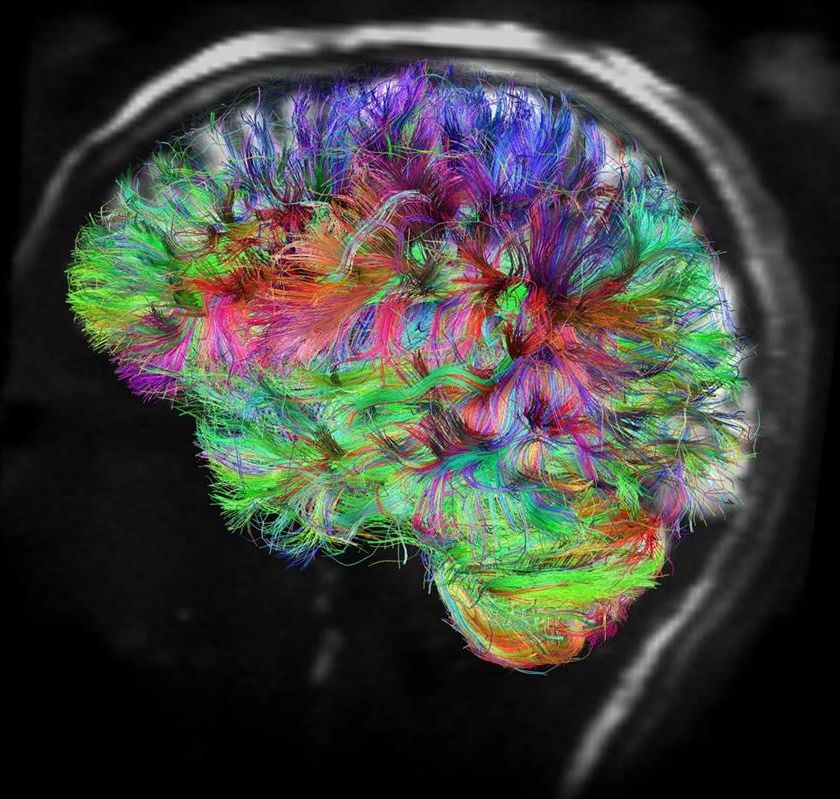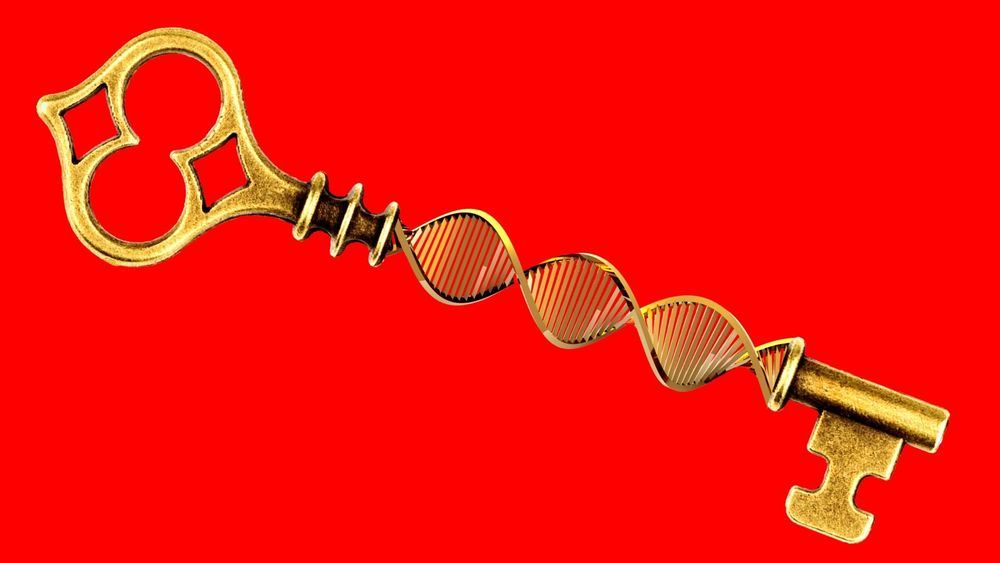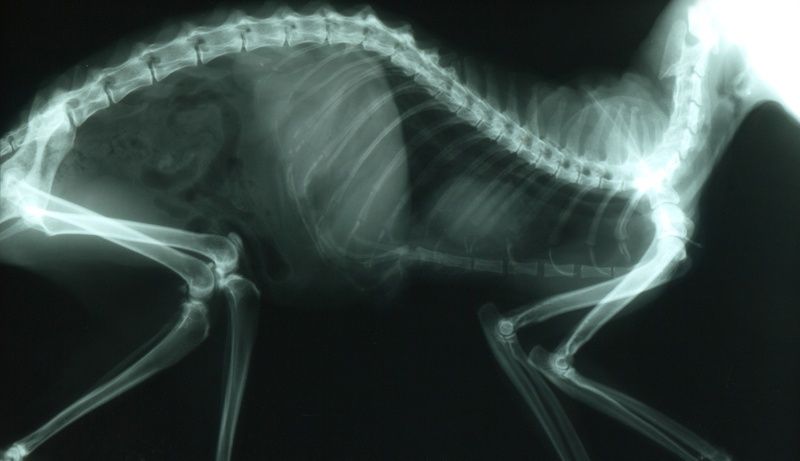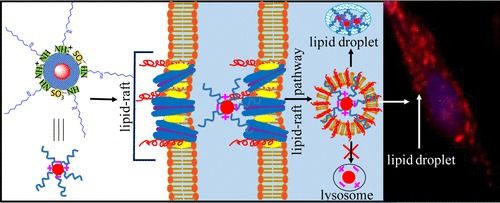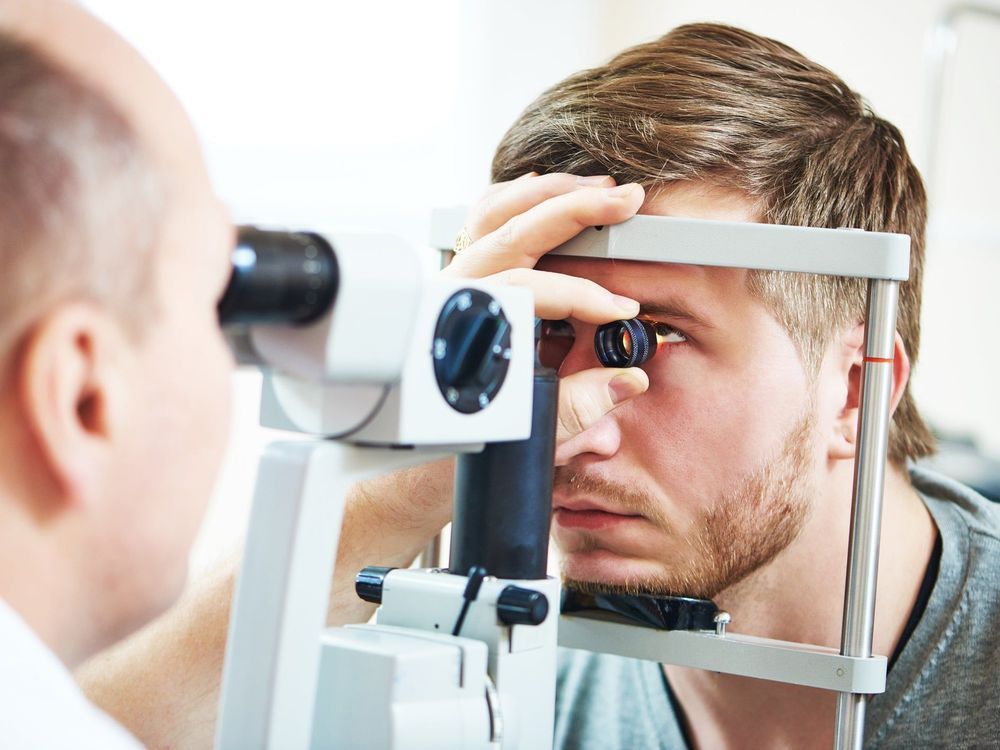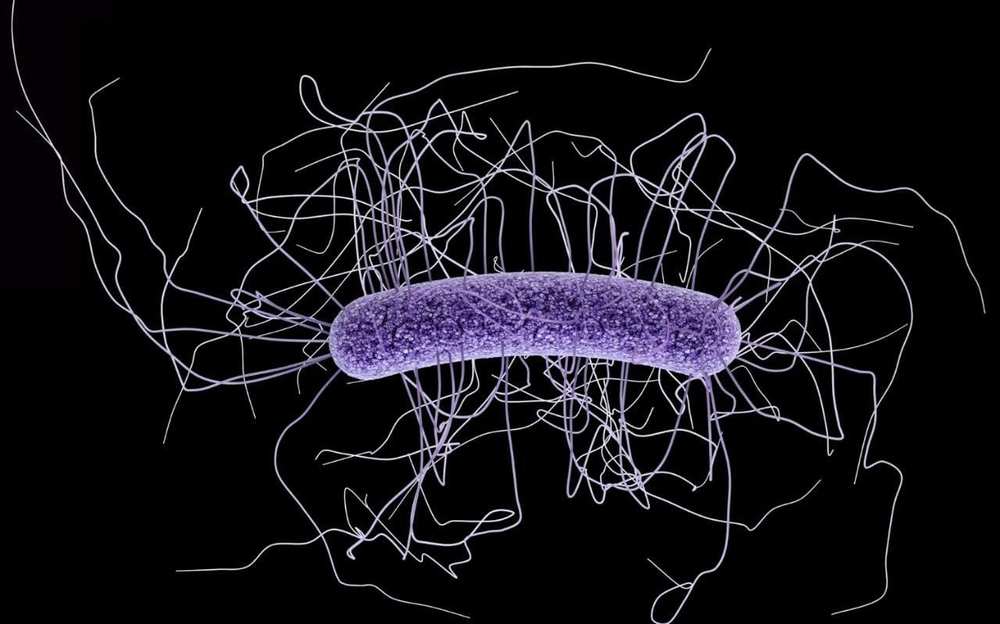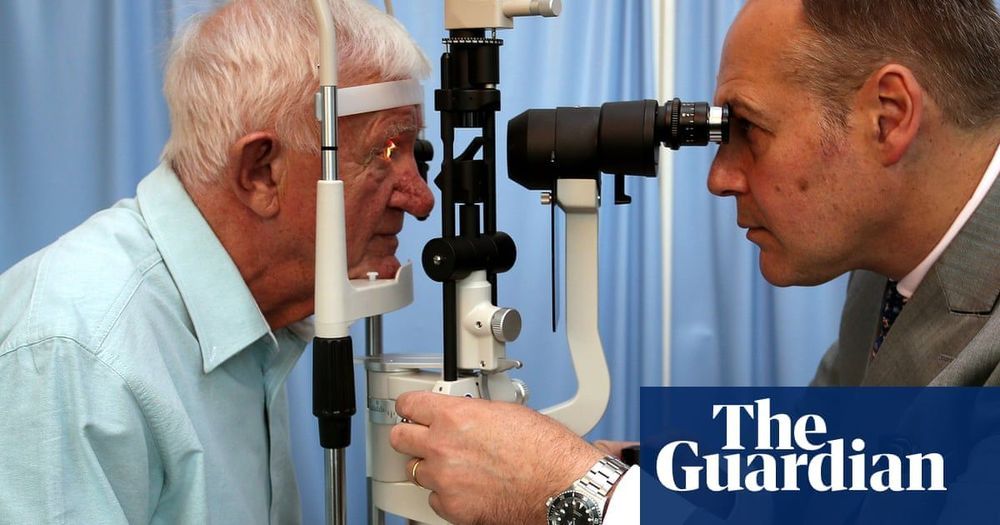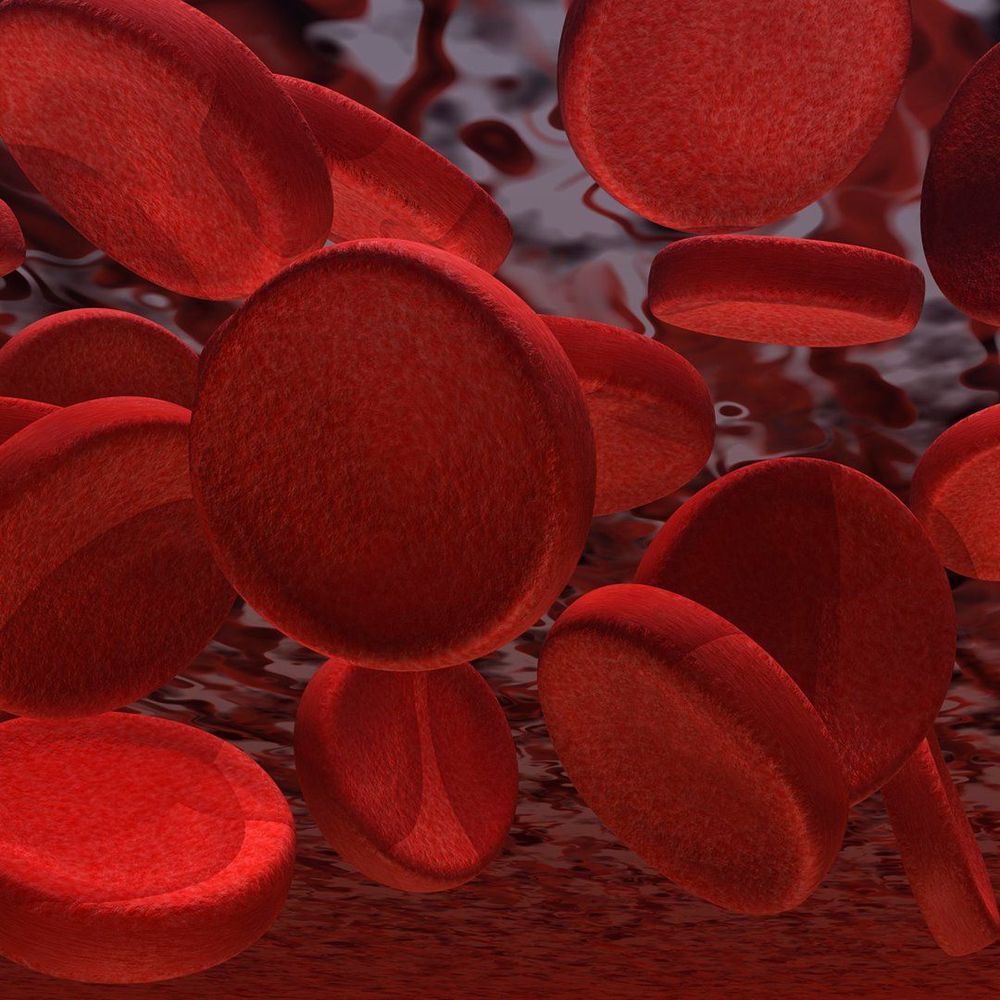Archive for the ‘biotech/medical’ category: Page 2045
Jul 14, 2019
EX VIVO LUNG: Transplant surgeons at Toronto General Hospital make medical history
Posted by Richard Christophr Saragoza in categories: biotech/medical, robotics/AI
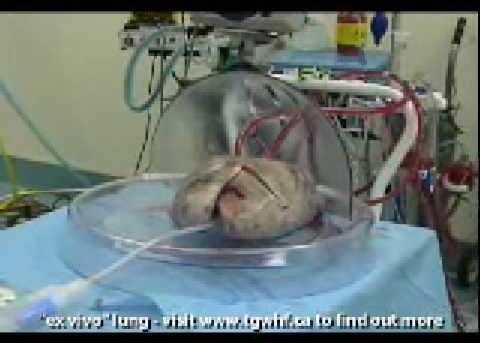
This can also be done with a brain in a jar hooked-up to A.I…
*** As featured on the Colbert Report — June 4, 2009 ***
Jul 14, 2019
Before You Take a Mail-In DNA Test, Brace Yourself for Family Secrets
Posted by Genevieve Klien in category: biotech/medical
Like many people, Barbara Greenberg wasn’t looking to unlock any deep, dark family secrets when she spit into a tube a few years ago and sent her DNA off to be analyzed. “I was just curious to see if I would find anything a bit interesting,” Greenberg says.
And at first, there were no real surprises; she was, as expected, 100 percent Eastern European Jewish. But she’d check back into her account now and then, looking for new matches to distant cousins, and eventually someone else popped up—an unknown female relative with a DNA match significant enough to indicate it was likely a half-sister.
As Greenberg and the other woman began communicating, their shared story took shape. Although the other woman had very little information about who her biological father might have been, Greenberg says the timing, location, and certain clues the woman’s mother had given over the years indicated that they did, indeed, share the same father.
Jul 13, 2019
Sugary drinks linked to breast cancer in new study — experts weigh in
Posted by Paul Battista in category: biotech/medical
A study in the British Medical Journal this week found a link between regular consumption of sugary drinks and cancer. Here’s what experts want you to know.
Jul 13, 2019
Blurring the Lines Between In Vivo Anatomical and Molecular Imaging
Posted by Richard Christophr Saragoza in category: biotech/medical
Scientist or not, we’re all familiar with X-ray imaging and perhaps its 3D cousin, computed tomography (CT), as well. These platforms are great for looking at bone and dense tissue—to see if there’s a fracture, or maybe a mass in the lung where it shouldn’t be—whereas molecular resonance imaging (MRI) and ultrasonography are the go-to modalities for interrogating softer tissue, like muscle. And for knowing what is happening in the body—as opposed to just where something is—nuclear tracer technologies like positron emission tomography (PET), and to a lesser extent its cousin single-photon emission computed tomography (SPECT), are the way to go.
These self-same modalities can be found in more diminutive instrumentation for pre-clinical imaging—often equipped with heated beds or chambers, anesthesia and oxygen supplies, and other modifications—specifically designed for small animals. If you also consider instruments capable of optical modalities of fluorescence, bioluminescence and their derivatives—which generally don’t easily translate to the clinic—you find yourself awash in possibilities for in vivo imaging.
Jul 13, 2019
Quantum Dot-Based Designed Nanoprobe for Imaging Lipid Droplet
Posted by Richard Christophr Saragoza in categories: biotech/medical, quantum physics, robotics/AI
Nanoprobes were microscopic robotic devices used by the Borg for the primary purpose of assimilation, as well as to help maintenance and even repair their mechanical and biological components on a microscopic level. Injected into a target’s bloodstream via assimilation tubules, the nanoprobes immediately began to take over the host cells’ functions. Nanoprobes could also be modified for a variety of medical and technical tasks.
Jul 13, 2019
Blind patients have vision partially restored after new brain implant
Posted by Paul Battista in categories: biotech/medical, neuroscience
‘It is a real message of hope – I feel within my lifetime we can restore functional sight to the blind’, expert says of successful study.
Jul 13, 2019
Superbugs cling to hospital gowns even after they have been disinfected
Posted by Genevieve Klien in category: biotech/medical
Dangerous superbugs are clinging on to surgical gowns and instruments even after the items have been disinfected, scientists have revealed.
Hospitals have been warned to monitor their hygiene practices after tests showed the pathogen C. difficile is becoming resistant to standard decontamination agents.
The bug, which is thought to be responsible for around 1,600 deaths a year in the UK, can cause diarrhea, fever, rapid heartbeat, inflammation of the intestines, and kidney failure.
Jul 13, 2019
Brain implant restores partial vision to blind people
Posted by Carse Peel in categories: biotech/medical, neuroscience
Medical experts hail ‘paradigm shift’ of implant that transmits video images directly to the visual cortex, bypassing the eye and optic nerve.
